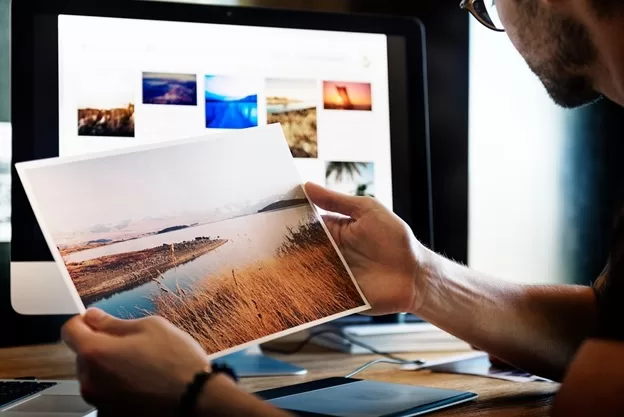
How to Improve Image Quality for Your Website
A picture is worth a thousand words, or at least that’s how the old saying goes.
As technology advances, so should your site. Improving image quality on your website is an important task your website optimization team can perform. But why should you even care about image quality at all?
We’re glad you asked. Wondering how to improve image quality for your website? Keep reading to get the full rundown of how images affect your site and how you can make the most out of them.
Compress Your Images
This can be done through various methods, such as reducing the data rate of the image, reducing the number of color channels, or reducing the image’s image quality. Compressing your images can reduce the load time of your website, allowing visitors to access it faster. In addition, compressing your images can also improve your website’s overall look, since smaller images tend to appear clearer and sharper than larger images.
Use the Right File Format
JPEG is an industry standard for website images and is often seen as the most reliable. GIF files offer smaller file sizes and can reduce the amount of data used on a page. PNG is a newer file format, which is often seen as producing the best possible image with very good compression and lower file size.
Using an SVG Creator is a great way to improve your website’s image quality. SVG (Scalable Vector Graphics) is a vector-based file format that is versatile, flexible, and resolution independent. Unlike another more traditional image format, it is not limited to a set number of pixels, as it is completely editable even after saving.
Choose an Appropriate Image Resolution
For websites, 1920 x 1080 pixels is an ideal resolution size. Anything higher than this can negatively affect loading times and strain the user’s computer. If needed, reduce the resolution of the image instead of increasing it.
High resolution is important for print projects, but websites should use medium-resolution images. Vector graphics are another great option as they provide crystal clear resolution with a very small file size.
Use Appropriate Colors When Editing Images
Incorporating colors that match the overall theme of your website will make your pictures look more aesthetically pleasing and professional. Additionally, using colors that contrast, like black and white, can draw attention to important details in photos.
You should also be mindful of the brightness and saturation of images; too much saturation can look unnatural and distract viewers from the image. Lastly, if you’re looking to make a special effect in an image, you should choose colors that will create a desirable illusion.
Better Image Quality for a Successful Website
To improve image quality for your website, consider using an image optimizer, compressing the size of images, and selecting the right file type. Don’t forget to check the quality of uploaded images to ensure they look professional.
Test and review images regularly to make sure they look their best. Give it a go today!
For more technology tips and tricks, make sure to check out the rest of our site.
Author Profile
Latest entries
 Comic Book NewsSeptember 12, 2025How to Get a Stable Internet at Comic Con Events for Vendors and Exhibitors
Comic Book NewsSeptember 12, 2025How to Get a Stable Internet at Comic Con Events for Vendors and Exhibitors CollectiblesMarch 26, 2025VeVe brings Disney charm to the digital world with the launch of the Beauty and the Beast collectibles set
CollectiblesMarch 26, 2025VeVe brings Disney charm to the digital world with the launch of the Beauty and the Beast collectibles set Comic Book NewsOctober 9, 2024Revisiting The Timeless Comic Book Adaptations From Yesteryear
Comic Book NewsOctober 9, 2024Revisiting The Timeless Comic Book Adaptations From Yesteryear ColumnsAugust 29, 2024How NSFW AI Chatbots Are Changing Dating and Relationships
ColumnsAugust 29, 2024How NSFW AI Chatbots Are Changing Dating and Relationships










